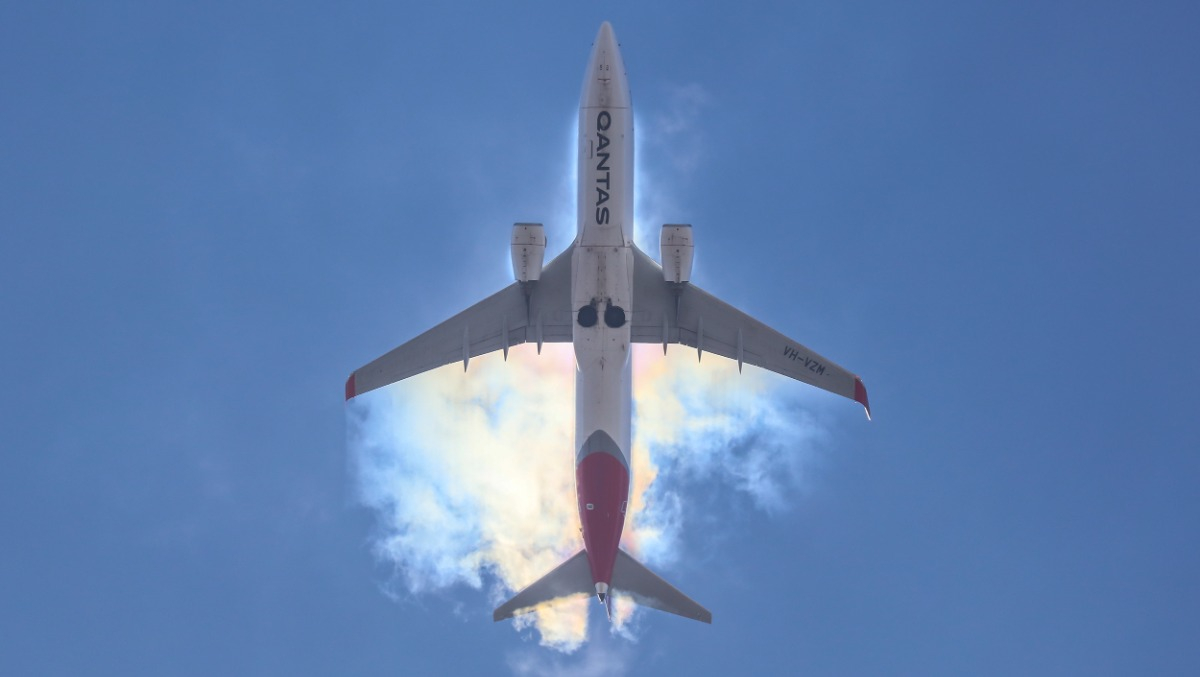
The issue of single-pilot operations for commercial aviation has once again surfaced after a former Qantas Captain put forward the move to one pilot in the cabin of an aircraft is “entirely possible.”
With 32 years of experience flying Boeing aircraft for Qantas, former head of training and checking Matthew Gray has said that with innovative eye-tracking technology, single-pilot operations are indeed possible.
“If you can have a technology that’s available to maintain the equivalent level of safety so that another pilot does not have to be sitting next to you, then it is feasible.”
Eye-tracking technology would allow a type-rated pilot on the ground to conduct operations usually done by a second pilot in the cabin. This technology could be used during the cruise leg of ultra-long-haul flights, according to Gray.
“If you look at how two pilots operate at the moment, it’s cross-checking, it’s challenge and response, and it’s the integration of human factors between the two of them,” he said.
“If you can replicate that with a pilot on the ground who’s getting a stream of data of what the pilot flying is looking at, touching and saying [sic], you’re actually able to maintain the entire integrity of two pilots.”
Gray has introduced eye-tracking technology to the Boeing 787 simulator, saying that it can improve the training process.
“It’s an extremely powerful piece of kit for simulator training because it shows where a pilot was looking when mistakes are made,” said Mr Gray.
“The great benefit is you can accelerate skills acquisition if you use this technology.”
Beyond eye-tracking, other technologies are being tested as a way to introduce single-pilot operations. Airbus is currently trialling a technology called DragonFly that would allow for autonomous or single-pilot commercial flights.
“Inspired by biomimicry, the systems being tested have been designed to identify features in the landscape that enable an aircraft to ‘see’ and safely manoeuvre autonomously within its surroundings, in the same way that dragonflies are known to have the ability to recognize [sic] landmarks,” said Isabelle Lacaze, Airbus UpNext’s head demonstrator.
Single-pilot operations are being considered for the future by the European Union Aviation Safety Agency (EASA). Whilst the organisation has ruled out single-pilot flying by 2023, it is currently considering suggestions and findings from companies like Airbus.
Previously, Airbus and Cathay Pacific had a joint project promoting single-pilot operations called Project Connect. The project was designed to reduce fatigue on long-haul flights, allowing one pilot could rest whilst the other operates the aircraft. At this stage, three or four pilots are present on an aircraft for this reason. The project aimed to have its first flight by 2025.
According to a Reuters report, the EASA said that solo flying by 2027 was not realistic due to the need for technology to uphold the same safety standard as having two pilots.
Now however, the EASA is considering allowing for single-pilot operations during safer parts of a flight such as the cruise phase, whilst maintaining that during take-off and landing, two pilots would need to be present.















